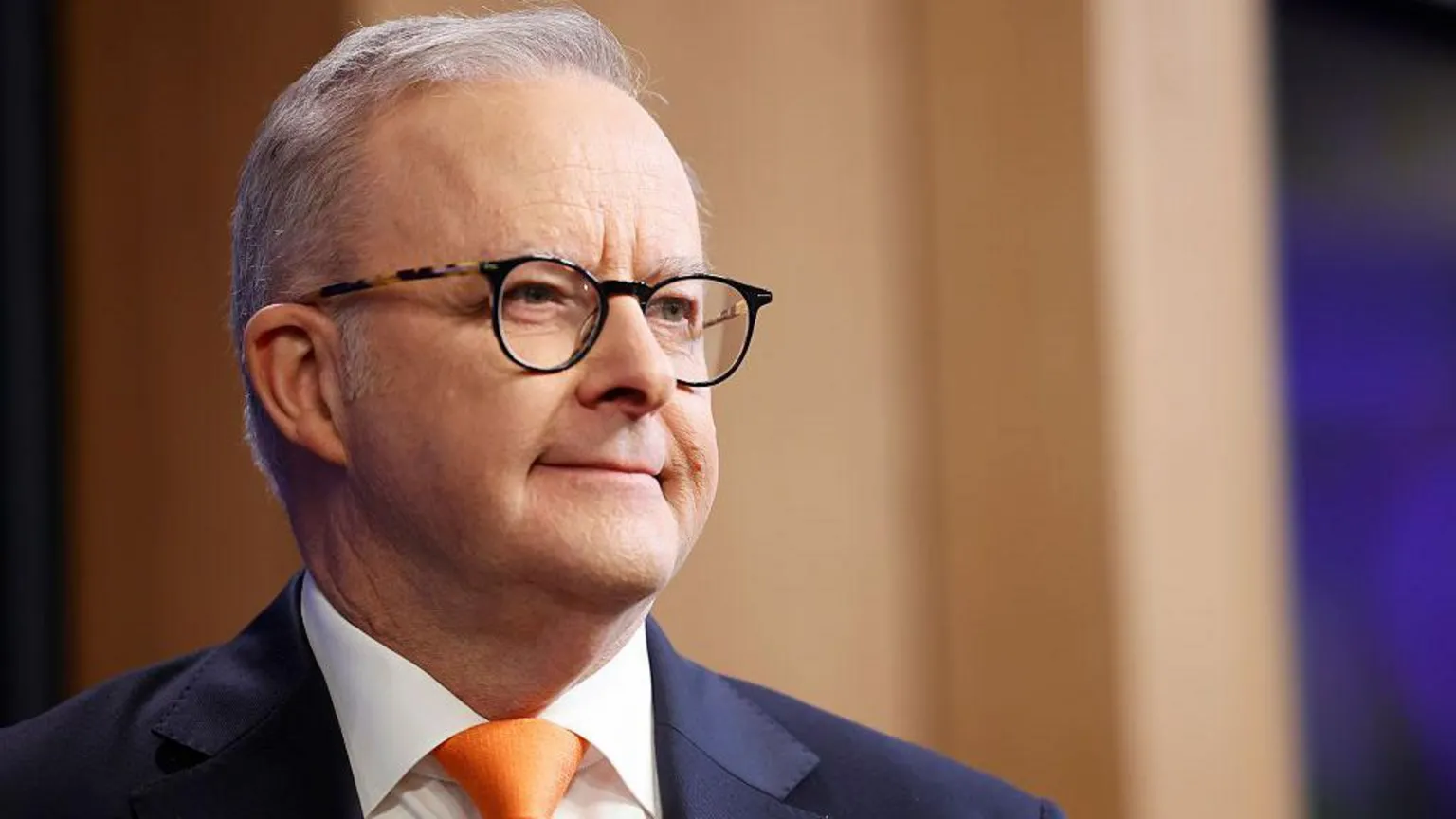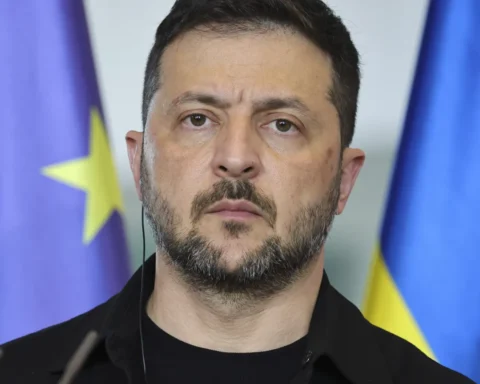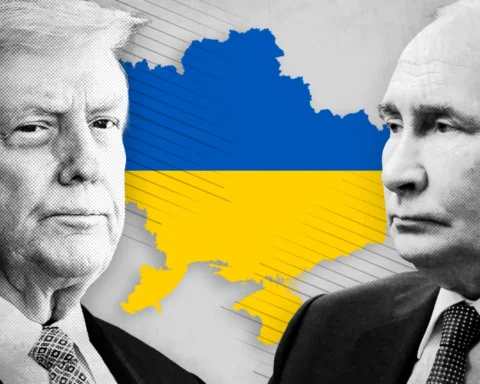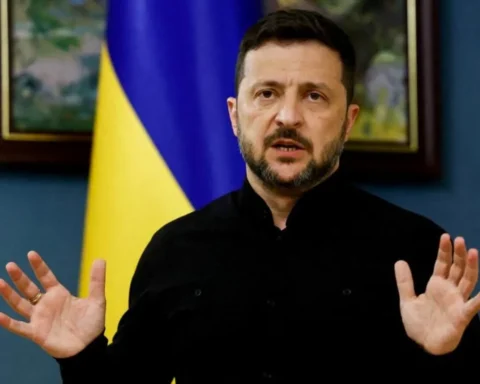Australian Prime Minister Anthony Albanese will arrive in China this weekend for a six-day visit aimed at solidifying economic ties and stabilizing a complex relationship with the nation’s largest trading partner.
The trip — Albanese’s first to China since his re-election in May — includes stops in Beijing, Shanghai, and Chengdu. He will meet with Chinese President Xi Jinping, Premier Li Qiang, and Zhao Leji, chairman of the Standing Committee of the National People’s Congress.
“China accounts for nearly a third of Australia’s total trade and will remain so for the foreseeable future,” Albanese said ahead of the visit. “The relationship with China means jobs in Australia. It’s as simple as that.”
A Delicate Diplomatic Balance
While trade is the centerpiece, the visit also comes amid growing regional security tensions. Albanese emphasized a balanced approach: “My government will continue to cooperate with China where we can, disagree where we must, and engage in our national interest.”
The trip marks a key moment in a carefully calibrated diplomatic reset. Ties had deteriorated in recent years over a range of issues, including Chinese sanctions on Australian exports, accusations of foreign interference, and disputes over the Aukus security pact with the U.S. and the U.K.
Since taking office, the Albanese government has negotiated the rollback of many of those trade restrictions and resumed high-level dialogues.
Business and Green Energy in Focus
The Australian delegation includes major business leaders from Macquarie Bank, HSBC Australia, and mining firms Rio Tinto, BHP, and Fortescue. Analysts see this as a signal that Canberra is prioritizing economic recovery and growth through strengthened trade.
Green energy has emerged as a particular area of mutual interest, with Albanese highlighting it as a sector where deeper engagement is possible.
Strategic Frictions Remain
Despite improved ties, thorny issues remain. Australia’s Defence Minister Richard Marles recently questioned China’s military buildup and described Chinese naval drills in the Tasman Sea as “unusual.” Canberra continues to voice concerns over Beijing’s activities in the South China Sea and the fate of jailed Australian writer Yang Hengjun.
Still, both sides appear committed to managing differences without derailing broader cooperation.
“Both sides recognize their differences and agree those differences should not define the relationship,” said James Laurenceson, director of the Australia-China Relations Institute. “They are not seeking geopolitical alignment, but practical, stable engagement.”
A Careful Distance from Washington
Albanese’s visit may not sit well with Washington, but domestic sentiment supports an independent foreign policy direction. “Washington is heading in a direction so plainly contrary to Australia’s interests that any leader seen as kowtowing to the White House would face pushback at home,” Laurenceson added.
Meanwhile, Beijing continues to criticize Australia’s involvement in Aukus, even as former President Trump’s administration reportedly reviews the agreement.
A New Diplomatic Era?
The Global Times, a Chinese state-run publication, has described Albanese’s visit as “carrying special significance” and reflecting Australia’s desire to seek reliable partnerships in a shifting global order.
Last November, Albanese became the first Australian leader to visit China in seven years, ending a long freeze in high-level talks. With this latest visit, both countries appear to be moving toward what one analyst described as “understated and mature diplomacy.”
“This government has avoided the recriminations of previous years,” said Bryce Wakefield of the Australian Institute for International Affairs. “This is a more pragmatic approach.”







